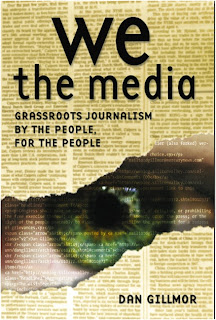In the contemporary world modern gadgets have the ability to re-shape the society. McLuhan explained that cultural change occurs because different qualities exist between communication technologies and he predicted that next communication medium have the ability to change human experience, he stated, “Inventions in technology invariably cause cultural change.” Foss (2006) quoted the McLuhan words as, “family life, the workplace, schools, health care, friendship, religious worship, recreation, politics – nothing remains untouched by communication technology.”
Frequent users of modern technologies are dealing with more than a device which owned the ability to control their consciousness, behavior and perception in a particular cultural setup as technologies are not "just tools” but react as “evocative objects”.
As a consequence of the power of technology, humans have become demeaned and feeble like second-class citizens in their own societies which paved the way towards the technological resistance.
Frequent users of modern technologies are dealing with more than a device which owned the ability to control their consciousness, behavior and perception in a particular cultural setup as technologies are not "just tools” but react as “evocative objects”.
As a consequence of the power of technology, humans have become demeaned and feeble like second-class citizens in their own societies which paved the way towards the technological resistance.
Cultural critic Allan Bloom believes that these people have reduced “centuries of Western cultural progress into "a nonstop...masturbational fantasy”, celebrating libertinism”. Andrew Trusty summarized in his article “Technology vs Culture” that Postman believes about the unforeseen consequences of technology and he quoted the Postman’s answer about technological effect on culture.
“.. every technology has a philosophy which is given expression in how the technology makes people use their minds, in what it makes us do with our bodies, in how it codifies the world, in which of our senses it amplifies, in which of our emotional and intellectual tendencies it disregards. This idea is the sum and substance of what Marshall McLuhan meant when he coined the famous sentence, "The medium is the message."
Apart from the cultural exchange and remediation in life style we are experiencing a parallel “World” with the idea of artificial life (AL) and artificial intelligence (AI). The sequence is still in gradual transformation towards an unseen and un-imagery planet.
References:
--Foss, K (2006). Technological change and Cultural Transformation. [Online]. Available from: http://www.scribd.com/doc/905257/Technological-Change-Cultural-Transformation [Accessed on: 27-11-2010]
--Trusty, A. Technology vs Culture. [Online]. Available from: http://andrewtrusty.com/wp-content/uploads/2006/08/technology-vs-culture-andrew-trusty.pdf [Accessed on: 27-11-2010]
--Trusty, A. Technology vs Culture. [Online]. Available from: http://andrewtrusty.com/wp-content/uploads/2006/08/technology-vs-culture-andrew-trusty.pdf [Accessed on: 27-11-2010]
Images:
1. Man vs Computerhttp://nononsense.files.wordpress.com/2009/12/beecee_computer.jpg [Accessed on: 27-11-2010]
2. Shouting on Computer
http://www.trans-that.com/_/rsrc/1272873562878/Articles/Human-translation-services-Vs-Machine-translation-services-new/man%20vs%20computer.jpg [Accessed on: 27-11-2010]













